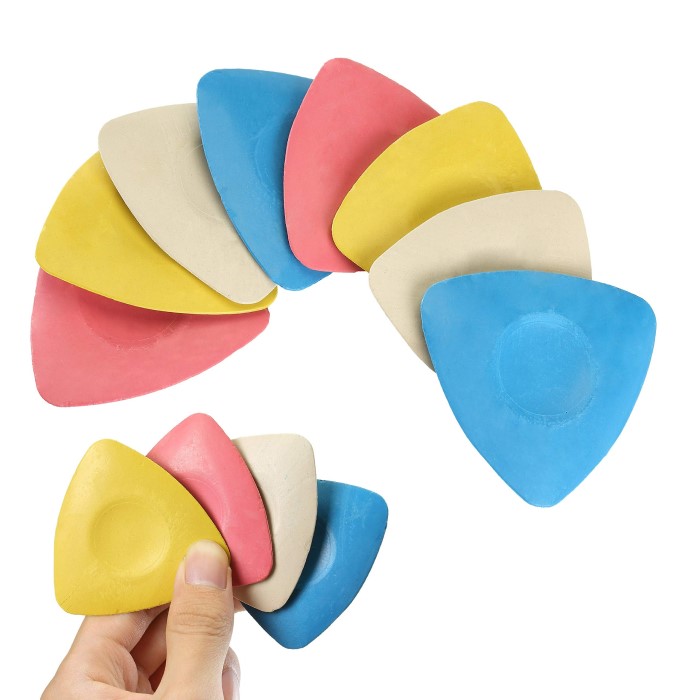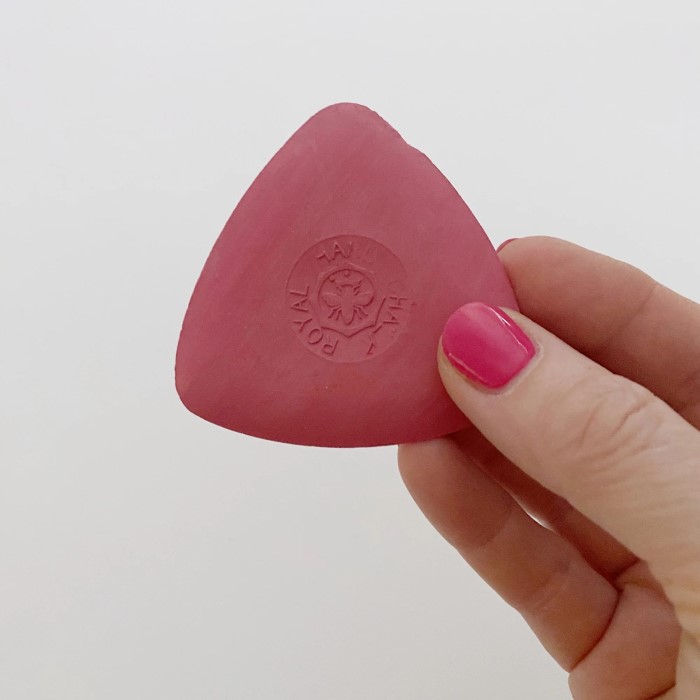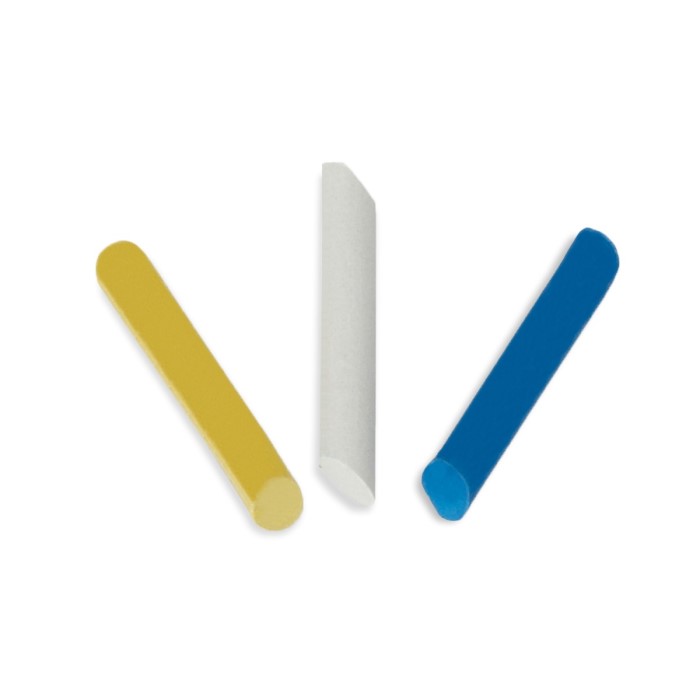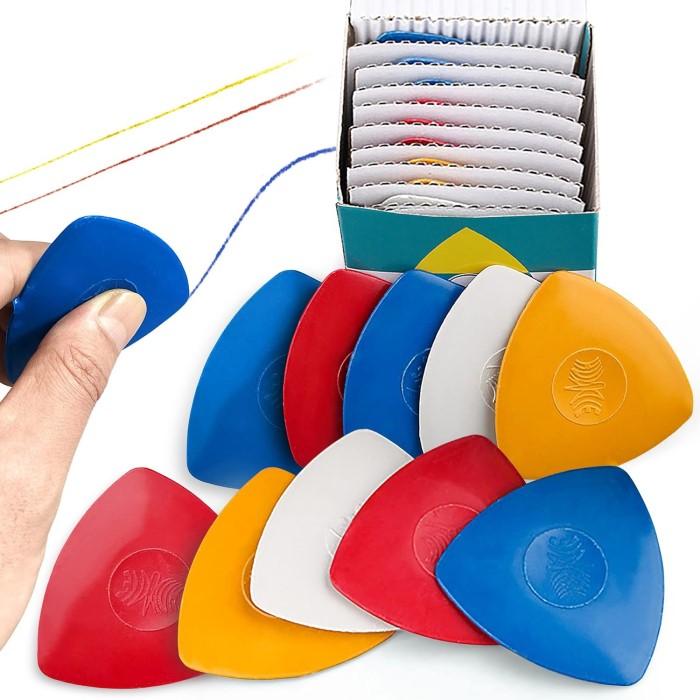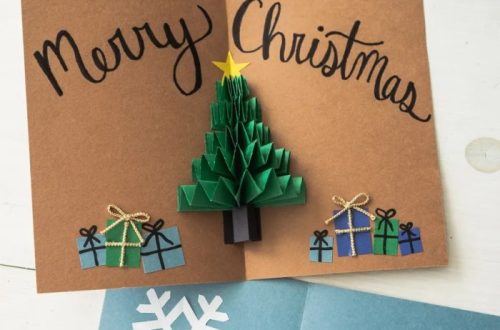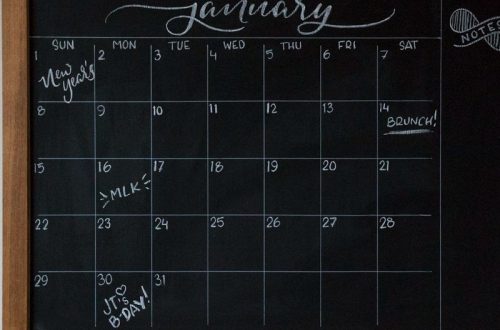Introduction
In the art of sewing, precision is everything. Every seam, cut, and stitch contributes to the overall quality of the finished piece. No matter if you are a seasoned seamstress or a beginner looking to learn, the right tools can make a world of difference in achieving the desired results. Among these tools, tailors chalk stands out as indispensable. This article will explore the vital role of tailor’s chalk, its various applications, and effective techniques for use. By understanding the best ways to utilize tailors chalk, you can enhance your sewing experience and produce professional-quality results.
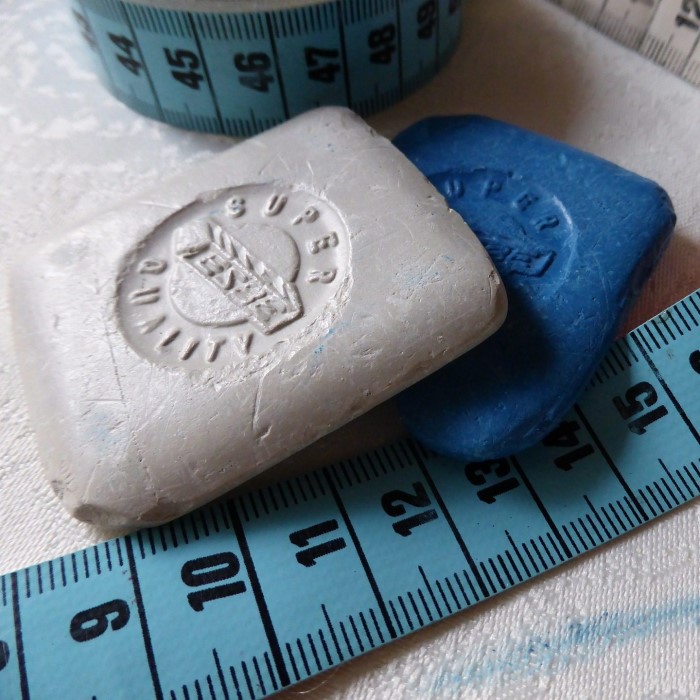
What is Tailors Chalk?
Understanding Tailors Chalk
Tailors chalk is a marking tool used primarily in the fashion and garment industry. It’s specifically designed for marking fabric without causing permanent marks, allowing for adjustments during the sewing process.
- Composition: Tailors chalk is primarily made from a soft chalk material with a binding agent. This ensures that it can glide smoothly over fabric without leaving a messy residue.
- Varieties: Tailors chalk comes in different shapes, including flat rectangles, triangular wedges, and even chalk pencils, offering versatility for various marking needs.
Why Choose Tailors Chalk?
Choosing tailors chalk over other marking tools provides several benefits:
- User-Friendly Application: Tailors chalk glides on fabric smoothly, making it easy to create crisp, clear lines and markings.
- Washable and Removable: Most tailor’s chalk is removable with a simple brush or damp cloth, making it perfect for temporary markings.
- Minimal Smudging: It does not smudge easily, which is crucial for maintaining accuracy during the sewing process.
The Importance of Tailors Chalk in Sewing
1. Precision in Measurement
Using tailors chalk can significantly impact the precision of measurements when cutting or sewing fabric.
- Cutting Guidelines: Clear markings are critical for cutting fabric accurately. Tailors chalk helps define lines, shapes, and points of measurement effectively.
- Seam Alignment: Accurately marking seam allowances becomes easier with tailor’s chalk, ensuring that everything aligns perfectly during assembly.
2. Temporary Markings
One of the most significant advantages of tailor’s chalk is that its markings are temporary. You can easily erase them once they have served their purpose.
- Trial and Error: Tailors chalk allows you to test and adjust patterns before making permanent cuts, providing the freedom to experiment with your designs.
- Design Visualization: It is excellent for visualizing designs directly on fabric, helping you see how elements fit together before making extensive alterations.
3. Great for Various Fabrics
Tailors chalk works well on a range of fabric types, from heavy denim to delicate silk.
- Adaptability: Different chalk colors are available, making it easy to choose a color that contrasts with your fabric for added visibility.
- Precision Across Textiles: Whether you’re working with knits, wovens, or heavier fabrics, tailor’s chalk can help ensure accurate markings every time.
How to Use Chalk Effectively
1. Selecting the Right Tailors Chalk
There are various types of tailor’s chalk on the market. When selecting, consider the following:
- Color of Chalk: Choose a chalk color that provides a strong contrast against your fabric. Dark chalk works well on light fabrics and vice versa.
- Shape Preference: Triangular chalk allows for precise points, while flat rectangles are perfect for drawing long, straight lines.
2. Preparing Your Fabric
Before applying tailor’s chalk, it’s essential to prepare the fabric properly.
- Ironing: Start by ironing your fabric to remove any wrinkles, ensuring a smooth surface for marking.
- Stretching: Hold the fabric taut while marking to prevent distortion, which could affect accuracy later.
3. Marking Techniques
When using tailor’s chalk, develop a technique tailored to your project’s specific needs.
- Apply Light Pressure: Use even, light pressure to avoid damaging the fabric. The goal is clear markings without excessive indentation.
- Directional Guidelines: For larger projects, consider marking in small sections and using reference points to maintain consistency.
4. Regularly Check Your Markings
As you work, take the time to regularly check your chalk markings against your pattern.
- Make Adjustments: If you notice any discrepancies, don’t hesitate to make adjustments promptly to ensure the final product is accurate.
Tailors Chalk vs. Fabric Marking Pens
1. Marking Longevity
When comparing different fabric marking tools, it’s essential to understand their advantages and disadvantages.
- Chalk Benefits: Tailors chalk offers temporary markings that can be easily brushed off or removed, making it ideal when changes might be necessary.
- Drawbacks of Pens: Fabric marking pens can sometimes leave permanent marks, which may not be desirable for all fabric types.
2. Smudging and Transfer Issues
Another important consideration is how each tool performs under different conditions.
- Chalk Performance: Tailors chalk does not tend to smudge easily, ensuring that your markings remain in place until you need to erase them.
- Pen Smudging: Fabric pens can smudge, especially if they are not given sufficient time to dry, leading to inaccuracies in your work.
3. Use Cases for Each Tool
Depending on your project’s needs, both tailor’s chalk and fabric marking pens have their ideal applications.
Best Uses for Chalk:
Marking Seams and Hems: Tailor’s chalk is perfect for outlining where fabric should be stitched—such as seam allowances, hems, or darts—because it’s easily removable and leaves no permanent trace.
Cutting Lines on Fabric: It provides a clear, temporary guide for cutting patterns or fabric pieces without damaging the material or leaving ink marks that might bleed through.
Temporary Design Markings: Ideal for sketching out placement of pockets, pleats, or decorative elements before sewing—especially when working with delicate or light-colored fabrics where permanent marks would be undesirable.
Non-Damaging to Fabric: Since chalk is water-soluble and easily brushed off, it won’t stain or weaken fibers, making it safe for use on silk, cotton, wool, and other sensitive materials.
Convenient for Trial Fittings: Allows quick adjustments during fitting sessions—you can mark, try on, and erase without affecting the garment’s integrity.
Best Uses for Pens:
Permanent Pattern Markings: Fabric pens are ideal for creating long-lasting lines that stay visible through multiple handling steps—such as labeling garment sections (e.g., “Front Left,” “Back Right”) or marking size indicators.
Drawing Logos, Monograms, or Embellishments: When precision and permanence matter—like adding custom logos, embroidery outlines, or decorative designs—fabric pens provide clean, bold lines that won’t fade or smudge easily.
Use on Dark or Thick Fabrics: Unlike chalk, which may not show up well on dark or textured surfaces, fabric pens offer high-contrast markings that remain visible even on denim, velvet, or upholstery fabrics.
Suitable for Machine Sewing: The ink doesn’t typically bleed or run under stitching pressure, so it’s reliable for marking areas that will later be sewn with a needle and thread.
Ideal for Reusable Patterns: For pattern makers or designers who need consistent, repeatable markings across multiple garments, fabric pens ensure accuracy and longevity in their templates.
Eco-Friendly Options
As sustainability grows in importance, many consumers are looking for eco-friendly alternatives in their crafting supplies. The same holds true for tailor’s chalk.
1. Natural and Organic Chalk Products
Some manufacturers now provide tailor’s chalk made from natural materials, free of synthetic additives.
- Advantages: Natural chalk options are biodegradable and safe for the environment. They help reduce chemical exposure during the sewing process.
2. Reusable Chalk Pencils
These innovative products combine the classic chalk concept with modern convenience.
- Features: Chalk pencils often utilize refillable leads and eliminate the need for single-use products. They are perfect for those focused on reducing waste.
Frequently Asked Questions (FAQs)
Does tailors chalk exist?
Yes, tailors chalk is a commonly used marking tool in the sewing industry, known for its versatility and ease of use.
Can tailors chalk be washed off?
Most tailors chalk is designed to be removed easily. It can be brushed away or washed off with water, depending on the fabric.
What are the different colors of tailors chalk used for?
Different colors of tailors chalk allow for marking on various fabric types. The contrast helps ensure visibility against the fabric, making it easier to see the markings.
Is there a way to protect tailor’s chalk from breaking?
To prevent your tailor’s chalk from breaking, store it in a protective case or wrap it in fabric. Avoid dropping it or applying excessive pressure while working.
Conclusion
In conclusion, tailors chalk is an essential tool for precision in sewing projects. Its advantages in providing temporary and easily removable markings make it a favorite among seamstresses and designers. By understanding the various types of chalk available, selecting the right one for your needs, and applying it effectively, you can elevate the quality of your sewing work.
Exploring the best tailors chalk for sewing enhances your skills, leading to better results in your projects. Recognizing the differences between tailor’s chalk and other marking tools can empower you to choose the best solutions based on your specific requirements. As you embrace this indispensable tool in your sewing journey, remember that accuracy leads to creativity, and creativity drives sewing masterpieces. Happy sewing!
